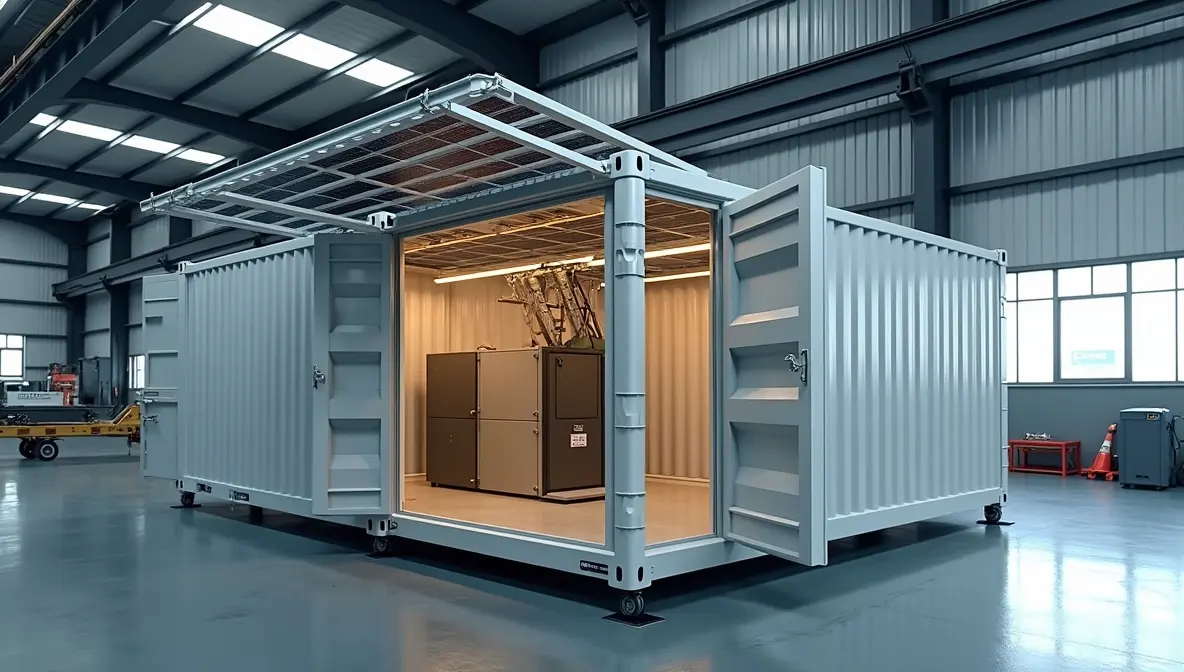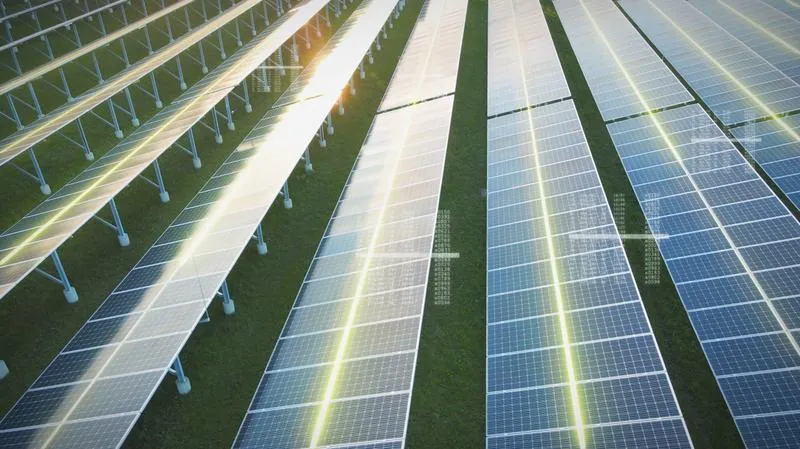During earthquakes, abrupt loss of infrastructure—power among them—is one of the most immediate issues. Hospitals, shelter facilities, communication networks, and water treatment facilities all require uninterrupted power supply. In most cases, the grid goes down, and fuel supplies get interrupted or held up. During such times, solar containers have emerged as a viable and quick-response energy source.
So, how exactly do solar containers assist disaster relief missions, particularly in the aftermath of earthquakes? And how do they stack up against conventional generators or diesel-powered backup systems?
This article examines the role of solar containers in earthquake response, their deployment benefits, and field deployments of how they provide clean and reliable power when it's needed.
What Is a Solar Container in Emergency Response?
A solar container is a portable, stand-alone unit that comprises:
- Solar photovoltaic (PV) panels
- Energy storage batteries (typically lithium-ion or LiFePO₄)
- An energy management system (EMS)
- Inverters and connectors
- A strength-gauge box container for transit and protection
These systems are typically preassembled, qualified, and available for rapid deployment. Upon delivery at the disaster site, they can be online in less than 2 hours, with no cranes, construction, or grid connection necessary.
For earthquake relief, the rapid deployment time is critical, as earthquake-stricken areas will experience damaged roads, downed power lines, and supply chain interruption.
Why Access to Electricity Matters After Earthquakes
Electricity is needed after an earthquake for:
- Medical care (surgical equipment, cold-chain vaccine storage, lighting)
- Search and rescue operations (lighting, drones, communications)
- Emergency shelters (cooking, heating/cooling, phone charging)
- Water purification equipment
- Mobile telecommunications infrastructure
Without power, relief activities are severely handicapped. Traditional fuel-powered generators have advantages but require a continuous fuel supply, which may be interrupted due to the collapse of infrastructure.
Solar containers are fuel-logistics independent and therefore form a strong and self-contained power source.
Advantages of Solar Containers in Earthquake Relief
1. Rapid Deployment
Solar containers are preassembled and can be trucked, helicoptered, or flatbedded. No technical installation team is required. This makes them ideally appropriate for remote villages or cities cut off by rubble or ruined roads.
2. Emissions-Free and Silent Operation
Solar containers are silent and emissions-free, as opposed to diesel generators. This is especially important in residential neighborhoods or field hospitals where noise and air pollution can be hazardous.
3. Autonomy Through Energy
Solar boxes can provide 24/7 power with the aid of built-in battery storage. Solar panels generate electricity in daylight and charge batteries. During nighttime or overcast weather, the system draws stored energy. Optional but not required for basic functionality is a backup generator that is built into some systems.
4. Scalability
Multiple containers can be connected in parallel to supply larger field hospitals, logistics centers, or clusters of shelters. Each unit typically delivers 5 kW to 50 kW of useable power.
5. Durability and Safety
The most dependable solar containers have IP-rated equipment, weather-hardened enclosures, and fire-resistant battery enclosures. These features deliver functionality in wet, dusty, or unstable environments common after large-scale earthquakes.

Real-World Case: Nepal Earthquake 2015
After the crippling 7.8 magnitude earthquake in Nepal, hundreds of rural clinics and emergency shelters were left without power for days. One NGO deployed mobile solar units, like container-based systems, to key locations.
Outcomes:
- Restored power to 15 medical outposts in 48 hours
- Enabled vaccine storage and safe nighttime delivery
- Replaced helicopter fuel delivery necessity in 7 locations
- Units ran for over 6 months with minimal maintenance
This case proved the long-term credibility and quick deployment capabilities of solar containers under actual earthquake recovery situations.
What to Put Inside a Solar Container for Disaster Application?
All solar containers are not created equal. For earthquake relief, primary system characteristics should be stressed:
- Minimum 10 kWh battery capacity
- MPPT solar charge controllers
- EMS with load prioritization function
- 220V/110V AC and USB/DC receptacles
- Fold or expand solar panels
- High-strength or reinforced lifting points and fork slots for rapid unloading
- Optional: satellite connectivity for distant monitoring
These features enable the container to handle different power needs, climate, and terrain.
Are Solar Containers Cost-Effective in Disaster Relief Situations?
Solar containers will, on initial impression, look expensive compared to diesel generators. However, when one factorizes:
- Fuel cost and transportation
- Risk of downtime due to fuel shortages
- Maintenance cost
- Environmental costs
- Deployment time
…solar containers are more cost-effective in the 3–5 month deployment window. Total cost of ownership is lowered, especially for organizations that face numerous disasters in a year.
Can Local Communities Use Them After Relief Efforts Stop?
Yes. Solar containers achieve one of their biggest strengths in post-disaster flexibility. Once relief efforts are ended, the units can be left behind to provide:
- Schools
- Clinics
- Water pumps
- Charging stations for communities
This reduces waste and aids in the resilience building of affected areas.

Issues to Think About Before Deployment
If your organization is thinking about adding solar containers into its earthquake relief strategy, consider the following questions:
- Will your container need to be designed to house medical-grade equipment?
- Will helicopter access be required?
- How many people will each container support?
- Is the system plug-and-play for non-technical staff?
- Can you monitor it remotely?
The responses to these will assist in identifying the ideal setup and supplier for you.
